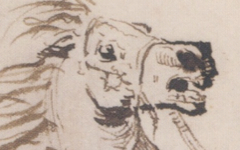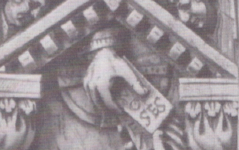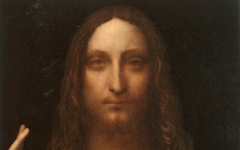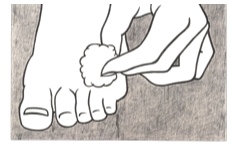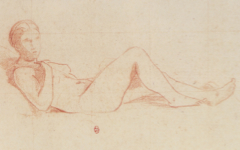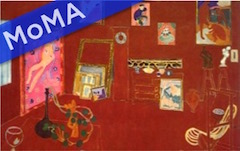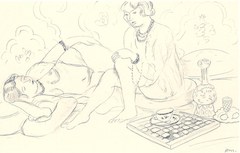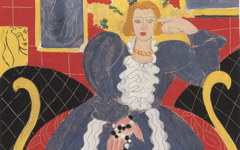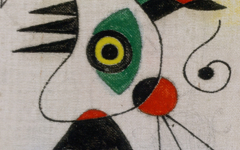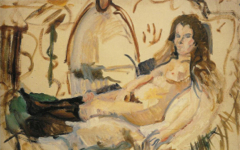Hand and Eye
God in medieval and Renaissance art is often represented only by his hand, as in the hand of an artist extending from the heavens. Indeed Genesis describes God as a model craftsman carefully checking the quality of his daily production with the phrase : "and God saw that it was good." God is an artist and his hand symbolizes Creation. For this and other more mundane reasons the hand became a symbol of the artist’s craft while the eye came to represent the mind or imagination. These meanings are often missed because the current art historical paradigm takes images literally and fails to recognize that all figures, including their body parts, are representations of the artist.
As we demonstrate in a number of entries below, the hand and eye are often juxtaposed in art as well, one placed next to the other. There is meaning to this because without the hand, the conception in the artist’s eye is just a conception; without the conception, the hand has nothing to craft. Both are needed. With this simple idea many now-mysterious works of art can be explained. Nevertheless, not all representations of eye and hand are quite so obvious because, as poetic elements, artists often disguise them in visual metaphors: the eye as a window, a lighted doorway, the sun or moon etc. The hand may likewise be represented by an animal’s paw or an empty glove. Keep an eye out for these clues to art's meaning. They are important.
All Articles (Alphabetical by Artist, then Title)
Don't take a portrait at face value because art is never quite what it seems
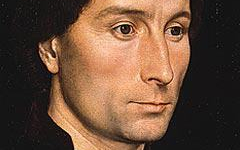
Hans Memling’s Portrait of Tommaso di Folco Portinari (c. 1470)
Sent on a mission to paint a potential queen for the blood-thirsty and dangerous Henry VIII, how did Holbein "paint" himself in painting the future Queen?
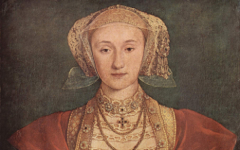
Holbein’s Anne of Cleves (c.1539)
How an artist, the artist's lover, is Ingres' own androgynous reflection
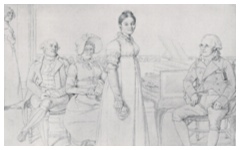
Ingres’ The Forestier Family (1806)
See how artists play with our historical memory and immortalize their own

Isaac Oliver’s Rainbow Portrait of Queen Elizabeth I (c.1600)
Even 20th-century art, seemingly remote from the Renaissance, maintains the same traditions
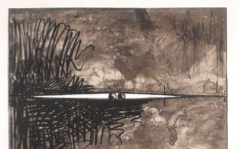
Jasper Johns’ Flag (Moratorium), (1969)
Even as a 19-year old Frida Kahlo was in tune with the Inner Tradition

Kahlo’s Self-portrait in a Velvet Dress (1926)
How even contemporary art is heavily invested in the methods and meaning of the Old Masters
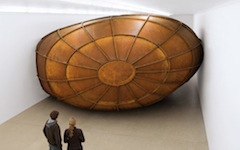
Kapoor’s Memory (2008)
If a hand is missing, can it still represent the artist's craft?
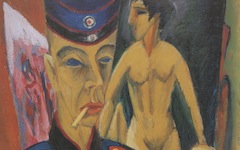
Kirchner’s Self-Portrait as Soldier (1915)
History and the politics of the moment never trumps self-knowledge and self-reference as the 'sine qua non' of art

Kollwitz’s “Down with Abortion Clause” Poster (1924)
Leonardo's closely observed landscape turns into something else entirely but only if you expect it
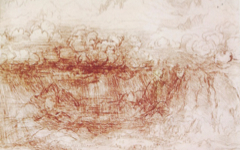
Leonardo’s Storm Over the Alps (c.1499)
A 20th-century version of medieval angels playing stringed instruments. See how.

Lichtenstein’s Girl with an Accordion (1961)
The many examples of weapons being used as paintbrushes in action on this site may attract skeptics. Lichtenstein, though, would not have been one of them.

Lichtenstein’s Hand Loading Gun (1961)
More evidence that even at a very early date Lichtenstein was on the path of the Old Masters
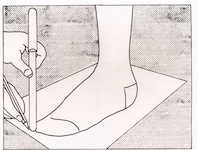
Lichtenstein’s Mail-Order Foot (1961)
A pipe may be a pipe for René Magritte but a piano is not a piano for Roy Lichtenstein

Lichtenstein’s Piano (c.1961)
Ordinary subjects produce extraordinary content
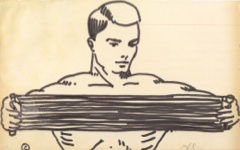
Lichtenstein’s Untitled or Man with Chest Expander (c.1961)
If an artist's first and last initials are the same, or his initial matches that of his hometown, like Lucas van Leyden's, it is more than likely to appear in his work as well.

Lucas van Leyden’s Standard-Bearer (c.1510)
Find out how Manet's observations of scenes in Parisian cafés are really something else entirely

Manet’s Café-Concert (1878)
Don't forget to imagine what can't be seen: the artist's viewpoint
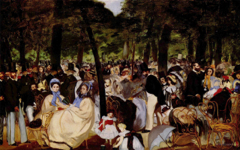
Manet’s Music in the Tuileries (1862)
Skating on ice is like drawing lines on the mirrored surface of the artist's mind

Manet’s Skating (1877)
There is more to the Tragic Actor than meets the eye. Find out what's there that others cannot see.
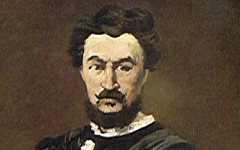
Manet’s Tragic Actor (1865-6) Part 2
How to recognize the Madonna and Child as a symbol of the artist
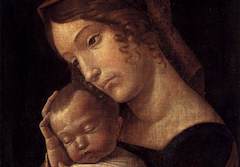
Mantegna’s Madonna with Sleeping Child (c.1465-70)
See how Matisse himself appears in even a simple drawing of an unidentified model
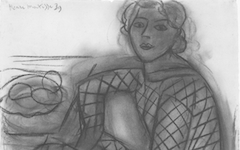
Matisse’s Seated Young Woman in a Patterned Dress (1939)
Discover yet another way that artists convey their dual perception

Matisse’s Self-Portrait Sketching (1900)
See how Notre-Dame, France's cathedral and symbol of the nation, becomes Matisse's
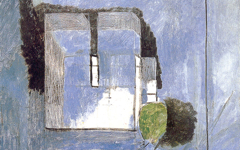
Matisse’s View of Notre-Dame (1914)
See how even in the fifteenth century the artist's craft and intellect were one and how, once again, forms matter
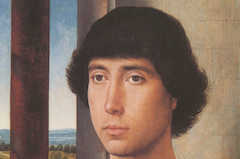
Memling’s Portrait of a Young Man (c.1475-80)
Find out what the studio and Golgotha have in common
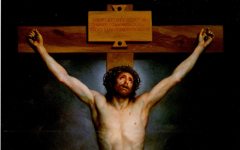
Mengs’ Christ on the Cross (1761-9), Goya’s and Francis Bacon’s too
There is yet more meaning in the drawing as we see in Part 2 of this analysis
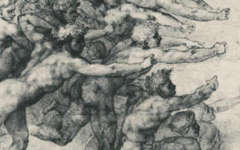
Michelangelo’s Archers Shooting at a Herm (c.1530) Part 2
Michelangelo's strange scene of a battle is not what it seems
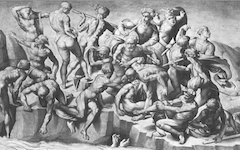
Michelangelo’s Battle of Cascina (1504)
Always look for what is odd. It's often there where you'll find a breakthrough in meaning
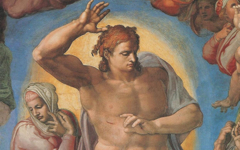
Michelangelo’s Christ in the Last Judgment (1534-41)
How a drowning man in the Battle of Cascina has the hands of the artist
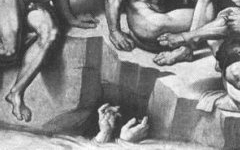
Michelangelo’s Hands in The Battle of Cascina (1504)
There's probably more unseen in Michelangelo's Sistine Chapel than has ever been known....
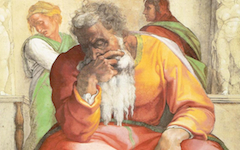
Michelangelo’s Sistine Ceiling: Jeremiah (c.1509-10)
See why Jonah is the most important figure in the chapel
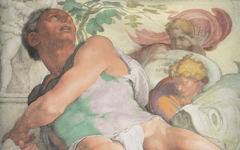
Michelangelo’s Sistine Ceiling: Jonah (1512)
Underneath the architecture of Monet's cathedrals is a major surprise
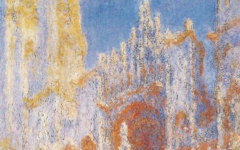
Monet’s Rouen Cathedral (1892-4)
Learn how a common pose in art carries specific meaning, regardless of subject matter
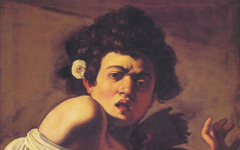
Over-the-Shoulder Poses
Keeping alert to differences in style within a painting can help unlock its meaning
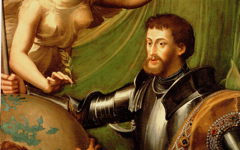
Parmigianino’s Allegorical Portrait of Emperor Charles V (1529-30)
Peale's American portraits have more in common with great European art than is generally accepted.

Peale’s Portrait of George Washington (c.1780)
© Simon Abrahams. Articles on this site are the copyright of Simon Abrahams. To use copyrighted material in print or other media for purposes beyond 'fair use', you must obtain permission from the copyright owner. Websites may link to this page without permission (please do) but may not reproduce the material on their own site without crediting Simon Abrahams and EPPH.


